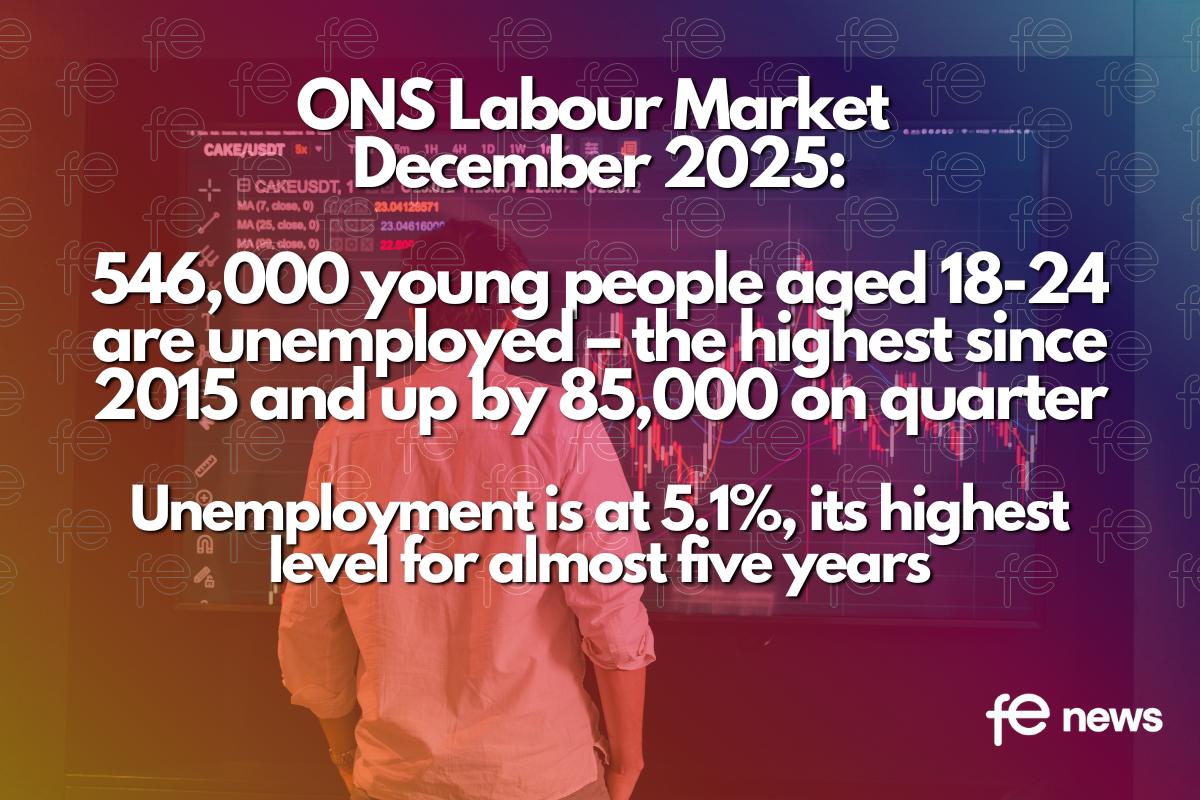The changing face of education

The world has changed significantly in 2020, and this has had a profound impact on us all – whether in the workplace, education or our social lives. Dominic Gill, managing director of Intequal, looks at how these experiences will change apprenticeships and further education in 2021.
For the business and education world, 2020 could be one of the most transformational years on record. In fact, it may turn out to be one which will provide us with fundamental and valuable knowledge about the ways in which we learn, work and collaborate with others.
Make no mistake, many of the changes we’ve witnessed over the last 12 months will not be temporary. A quarter of all workers are currently working from home exclusively and numerous employee surveys have suggested an appetite for ongoing remote working in the long term.
I’ve spoken frequently over the last 12 months about the importance of digital transformation. This is clearly happening in the workplace, and at far greater speed than we could have ever possibly imagined, especially in relation to skills and changing occupations.
Here I want to think in a little more detail about what this means for vocational learning and apprenticeships in particular – and in turn what we can expect from 2021.
Digital skills
No matter what ambitions apprentices may have, there is likely to be an expectation that they can adapt and thrive in a digital world. We were already seeing digital transformation occurring in the workplace, but the pandemic has only increased the speed at which this is happening.
The digital revolution is continuing at pace with the growth of artificial intelligence, machine learning, 5G and cloud data to name just a few. As a minimum, businesses are going to expect any entry-level recruits to adapt and thrive within this environment – so there is a pressure on us, as training providers, to work closely with businesses to ensure that together we are equipping new talent to thrive in this ever-changing environment.
These skills are even more important when considering how the workplace changed. Communicating on a daily basis through digital tools is becoming as common as meeting face to face. So, ensuring workers, especially those new to an occupation or business, have the right skills to properly utilise these communication and productivity technologies is crucial.
A focus on learning styles
Digital technologies are becoming increasingly prevalent in the workplace and it is increasingly important that we harness them within a learning environment. This is key when delivering early in career programmes such as apprenticeships that should be future proofed beyond just immediate needs, and is particularly important when preparing a learner for a career in an occupation that is at the forefront of this change.
Technology can be used to individualise programmes to ensure they are most appropriate to specific occupations, sectors and learning styles but this needs to be balanced by appropriateness to specific circumstances. A ‘one-size-fits-all’ approach will not work.
It’s important to remember that young people especially are emerging from a ‘digitally native’ generation. This tends to mean that they learn through short bursts of interactive methods, but they are also very likely to find it easy to adapt to using the latest collaboration tools such as Microsoft Teams and Adobe Connect. In fact, these tools have been found to promote wider group interactivity and collaborative sessions which allow for brainstorms around real business issues.
However, we must remember that apprenticeships and vocational training are not limited to those emerging from school. For those older learners looking for a career change or needing to retrain to stay relevant, we must consider how best to adapt our teaching styles to ensure this approach feels accessible from the outset. One thing that has certainly been reaffirmed this year is that it is not good enough to simply convert existing materials so that they can be accessed online. Rather, it’s important to be pragmatic and realistic. Think about how the teaching methodologies and approaches being utilised can best be conveyed and delivered within the online infrastructure available to the training provider.
The best blended learning is about good teaching, not just the latest technology.
Return on investment
Quite rightly, return on investment is an important consideration for any business and this is often one of the core reasons highlighted by employers for choosing to take on an apprentice. Apprenticeships ensure that employees commencing a new occupation rapidly gain skills and competencies aligned to business goals, while also supporting their own chosen career pathway.
The challenging economic climate caused by Covid and the adjustments needed because of Brexit make return on investment an even bigger concern for employers. Any training or talent acquisition solution needs to align with these goals: how will a programme or course deliver the right skills at the right time? Therefore, thinking of how and when training is delivered to help facilitate economic growth is a challenge providers must rise to. However, this year of disruption has offered glimpses of how we can.
The last 12 months have seen a rise in the adoption of remote and blended delivery models. Done correctly, remote learning can increase apprentice productivity. Intequal’s remote model has allowed apprentices to study in a morning session and discuss/apply knowledge in the workplace on a real-life application in the afternoon. This has accelerated the application of their learning for a speedier return on investment for employers.
It is important to remember that what works for one sector may not be appropriate for another. Companies must be pragmatic and realistic – they should examine what digital does best as opposed to physical teaching and produce solutions according to the needs of the occupation and sector in which they operate.
However, where a virtual or blended approach has been proven to work because of the disruption caused by Covid, let’s ensure these methods are allowed to continue. Where government has introduced flexibilities to apprenticeships that have enabled this change, they need to be maintained as alternative options that better reflect the changed workplace that now exists.
Equal opportunities
There has undoubtedly been a big focus on equality throughout 2020. As educators, we have a responsibility to ensure that people from a wide range of backgrounds have the opportunity to excel and succeed in whatever it is they aspire to do. Digital apprenticeships have the potential to be effective at creating opportunities for people from a whole range of diverse backgrounds to enter one of the most dynamic industry sectors.
Traditionally dominated by white male professionals, this diversity is vital for the IT sector. However, Digital still lags far behind others. 2021 is an opportunity for employers and providers to work together with government to change recruitment practices into the sector. For example, think about the language we use to advertise jobs; the interview processes we follow; and the working environments into which new people will be entering: are these truly likely to attract a more gender or ethnically diverse IT workforce?
The world of work is changing rapidly, and this has only accelerated due to the pandemic. Yet rather than driving fear into us, this should be seen as an opportunity to reset existing practices and make our solutions more relevant.











Responses